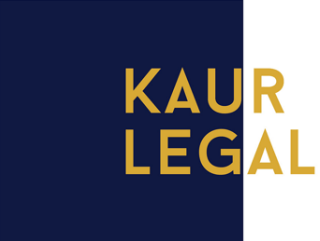Coercive control is a lesser known but dangerous form of domestic violence. Coercive control involves a pattern of behaviours employed by the perpetrator that are controlling, humiliating and threatening, with the intention to intimidate, frighten and punish the victim. Typically, the purpose and result of coercive control is that the victim feels wholly dependent on the perpetrator, and it is why victims of coercive control often find it extremely difficult to leave their abusers.
There is growing public discussion regarding coercive control, mostly due to the well-publicised horrific murders of Hannah Clarke and her three children by her abusive husband, and the resulting calls to criminalise coercive control in all Australian jurisdictions, which NSW, QLD, VIC and the NT are currently considering. Currently however, Tasmania is the only jurisdiction where coercive control is a criminal offence.
Early Signs of Coercive Control
Identifying early on that you or someone you know are in a relationship where the partner is attempting to abuse you through coercive control is the best way to escape this form of abuse. Some key warning behaviours are:
- Limiting your access to family and friends and isolating you from your support system;
- Purposefully driving your friends away by behaving inappropriately around them;
- Monitoring your activities and your social media use;
- Monitoring and controlling what you can eat, how much you can sleep, where you can go, who you can see and what you can wear;
- Gaslighting you, ensuring you always feel like you are in the wrong;
- Putting you down or otherwise humiliating or degrading you;
- Limiting or depriving your access to essential needs such as money, food and transport;
- Turning your children against you by putting you down to or in front of the children;
- Setting rules and regulations that you are expected to follow;
- Acting jealous and possessive, even of non-romantic relationships; and
- Threatening self-harm or to harm others in order to get you to do what they want.
If you are trying to leave an abusive relationship it is important to get help from others, whether that be from your family and friends or from local police or domestic violence services, such as the Central Coast Community Women’s Health Centres.
How to Escape Coercive Control
The Family Law Courts do recognise coercive control as a form of domestic violence, however, the current legislation limits the ability of the Courts to make Orders that best support victims of abuse. Particularly, the presumption of equal shared responsibility means that many victims are being forced to see, or to allow their children to see, their abuser. A recent parliamentary inquiry has recommended a removal of this presumption, which if enacted could go a long way to supporting domestic violence survivors in their recovery.
If you or someone you know need assistance with a family law matter, please contact Kathy Matri on 02 4322 0251 or email us at [email protected]
1800 RESPECT (1800 737 732) is a free and confidential twenty-four hours, seven days a week, professional national counselling service for any Australian that has experienced, or is at risk of, family and domestic violence and/or sexual assault.


